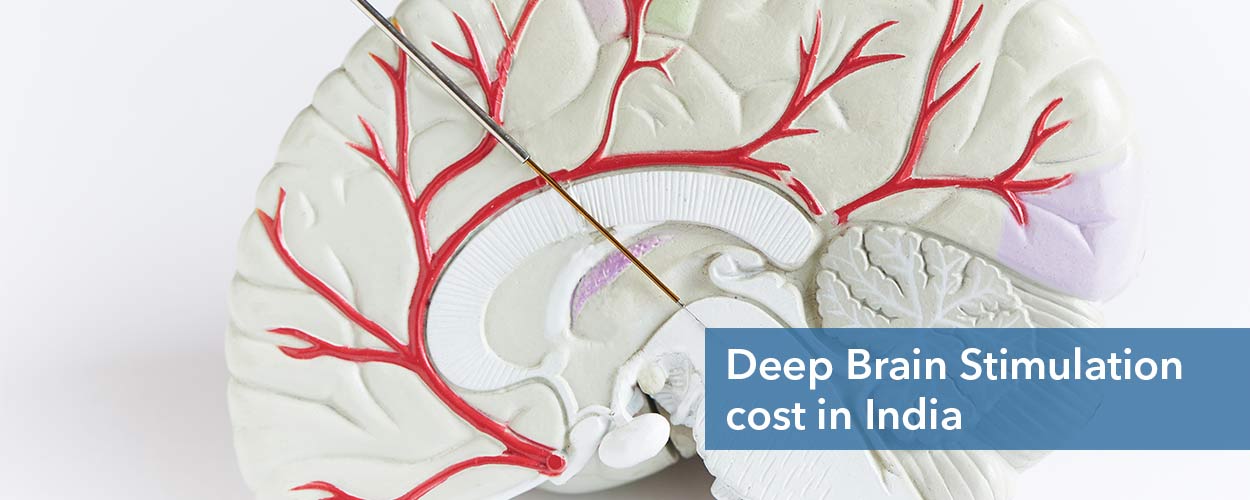Frequently asked questions about DBS surgery
Q: What should one avoid following DBS surgery?
A: After surgery, heavy exercise should be avoided for 4 to 6 weeks.
This encompasses all forms of exercise, such as swimming, jogging, and physical education courses. Avoid tough tasks so that the surgical incision can heal correctly.
In the event of any concerns, consult the doctor before beginning any activity.
Q. How long does deep brain stimulation take to start working?
A: The level of stimulation is individualized, and finding the perfect balance could take up to six months.
The doctor may advise turning the pulse generator off at night and back on in the morning, depending on the situation, or stimulation may be continuous 24 hours a day.
Q. Is DBS surgery painful?
A: The procedure is not extremely painful, but there could be a few adverse reactions. Depending on their medications and the initial programming, patients may have a range of adverse effects in the weeks and months after receiving DBS therapy.
Possible adverse effects include abnormal feelings, numbness, tingling, and uncontrollable muscle contractions.
Q. Does DBS aid in reducing fatigue?
A: Fatigue is a common and incapacitating non-motor symptom of Parkinson’s disease (PD). While deep brain stimulation (DBS) surgery has been associated with a decrease in motor complaints, it has also been associated with negative non-motor outcomes.
So far, no study has evaluated fatigue following DBS surgery using standardized instruments.
Q. Can people operate electrical and electronic equipment if they have DBS implants?
A. Electronic gadgets and appliances shouldn’t typically interfere with the pulse generator in any way. The most likely outcome, if they do, is that the pulse generator will shut off. Even if it might not show up right away, occasionally it’s likely that the symptoms worsen or that one experiences unpleasant feelings or sensations.
Q. Does deep brain stimulation treat the conditions it is supposed to treat?
A. No, DBS does not heal the ailments it treats. Although it does address the symptoms, almost all of the illnesses it addresses are chronic and incurable.
Q. After deep brain stimulation, would patients still need to take my medications?
A. Reducing medicine may be possible depending on the ailment. However, when combined with drugs and other forms of treatment, DBS is most beneficial. That’s because combining it with other treatments may allow for lower prescription dosages, fewer side effects, and the same therapeutic results.


